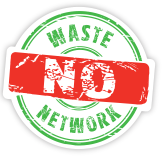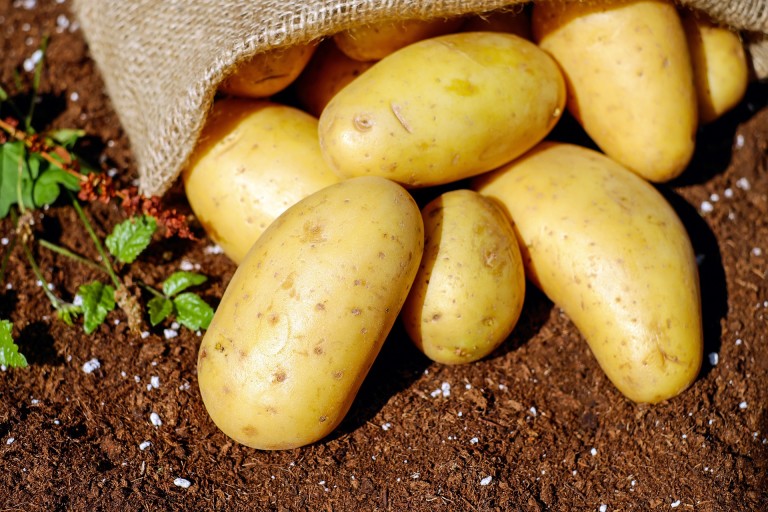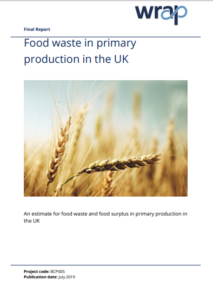30-07-2019 | New insights into the scale of surplus and food waste* on UK farms will help drive forward work on their root causes at a key stage in the supply chain, and help more food reach its intended market. Research by the UK’s sustainability body WRAP, which undertook an extensive literature review, has helped to generate the most reliable estimate to date for total farm food surplus and food waste; assessing the core categories of vegetables, fruit, cereal crops, dairy and livestock.
The scope of WRAP’s review covers the moment when a food crop is ready to harvest, or an animal to be slaughtered, and assesses surplus and waste arising from processes such as grading, packing and washing – as well as customer rejections. It estimates that total UK food surplus and waste in primary production stands at 3.6 million tonnes per annum, or 7.2% of production. The market value of this food is in the region of £1.2 billion.
WRAP’s estimates show the scale of the situation based on 2017 data, and the organisation is now working to acquire more data directly from producers to refine its findings, and help direct future action. WRAP has also produced a new online resource for farmers and growers, the Food Surplus Network provides access to a broad range of markets and outlets for surplus food.
WRAP estimates that food waste accounts for 1.6 million tonnes of the total figure, or around 3% of production with a market value of around £650 million. Sugar beet, potatoes and carrots made up more than half of the overall waste by weight, with the top ten products (see notes) accounting for 80% of the total weight. When grouped by product type, horticultural crops make up 54% of the total, cereals 30%, livestock 8% and milk 8%.
A significant factor is also the percentage of a crop that becomes waste. For example, of the top twenty foods listed milk has the highest total production by weight at nearly 15 million tonnes. In this case, 116,000 tonnes of milk waste arose representing 0.8% of total production. While for lettuces, the percentage of waste is nearly 25% of total production (104,000 tonnes).
Surplus food comprises those products that are not sold for human consumption as intended, but which are instead used as livestock feed, redistributed to charities, or may become bio-based materials such as colorants. The amount of surplus food is estimated to be an additional 2.0 million tonnes per annum, or 4% of production with a market value of more than £500 million.
Peter Maddox, Director WRAP, “This is the most detailed study of food surplus and waste in primary production undertaken for the UK, and a key finding has been the range of waste across all food categories. This tells us is there is huge potential to reduce the amount of surplus and waste by promoting best practice, and that’s where our work is now focussed. We want to increase redistribution of surplus food as has happened across the retail sector, and I am pleased this will now be much easier through the Food Surplus Network.
“Given the scale and challenge of gathering data from the sector, we are calling on businesses and researchers to share their insights with us through our collaborative data sharing platform. This provides a simple way to share data with WRAP, which can be combined into a living evidence base. This will help bring more clarity to an issue that is happening around the globe.”
WRAP is supporting several areas of work to refine its findings, and directly impact on waste arising in the field.
- WRAP and Defra are supporting the not-for-profit farmer network Innovative Farmers in piloting a farmer-led approach to food waste data collection. This is investigating apple, carrot, egg, tomato and wheat production in England.
- With the support of the Courtauld 2025 Fresh Produce Working Group, WRAP published best practice guidance on setting and maintaining quality specifications. This follows feedback from farmers which suggests that quality specifications are one of the primary causes of waste. WRAP is supporting businesses to implement this guidance in UK supply chains.
- The Food Surplus Network is a new resource created by WRAP that helps farmers and small businesses identify and connect with new markets for surplus food; including business-to-business trading platforms, links to emerging new markets for products made from surplus food, and a directory of organisations redistributing surplus food to charities.
- WRAP and its Courtauld 2025 partners are also delivering practical solutions for the sector including ground-breaking projects with strawberry growersdemonstrating the business case for investing in more efficient production systems, and with potato growers outlining the benefit of measuring to identify opportunities to significantly improve productivity.
- The Food Waste Reduction Roadmap – developed by WRAP and the IGD – is helping to increase food waste measurement on farm. Already, G’s Fresh has published data on their operations using the Roadmap’s Target-Measure-Act guidance, and helped WRAP produce guidance for the sector.
- WRAP’s Love Food Hate Waste programme is currently running a Spoiled Rotten campaign with messages aimed at consumers outlining the role we can all play in reducing food waste, including on farm, through the choices we make when buying produce, and ensuring what we buy is eaten.
Read the report here:
Source text: Wrap.org.uk
Source image: Pixabay.com


